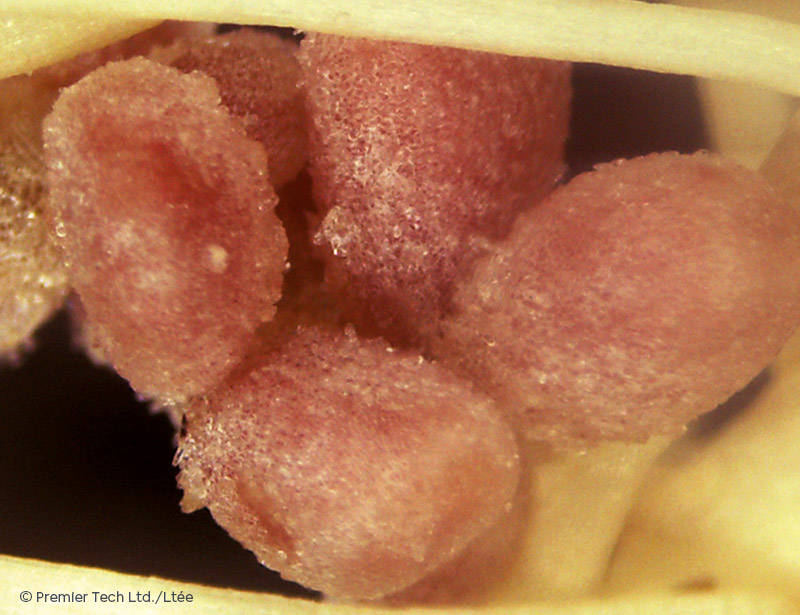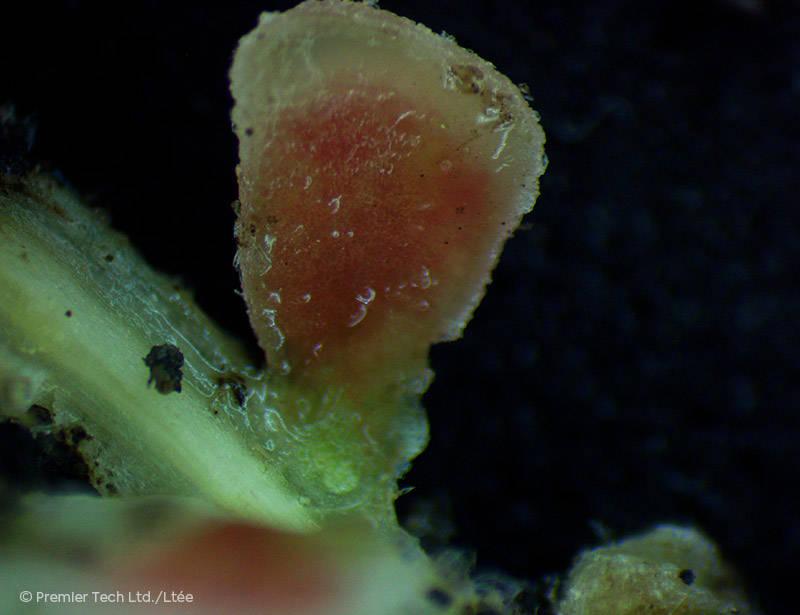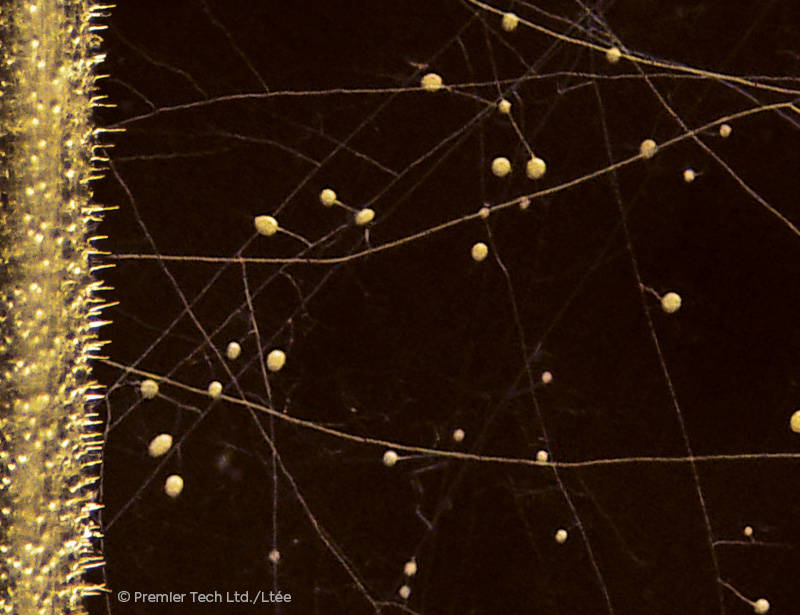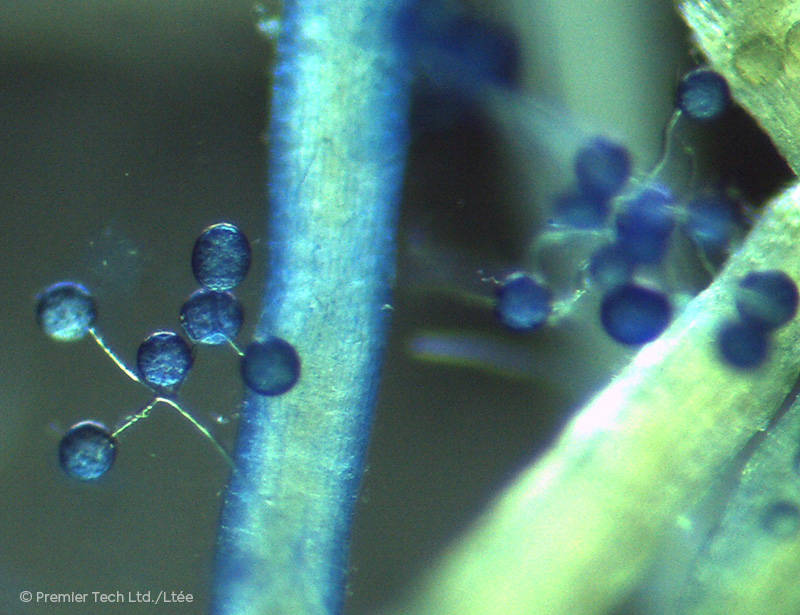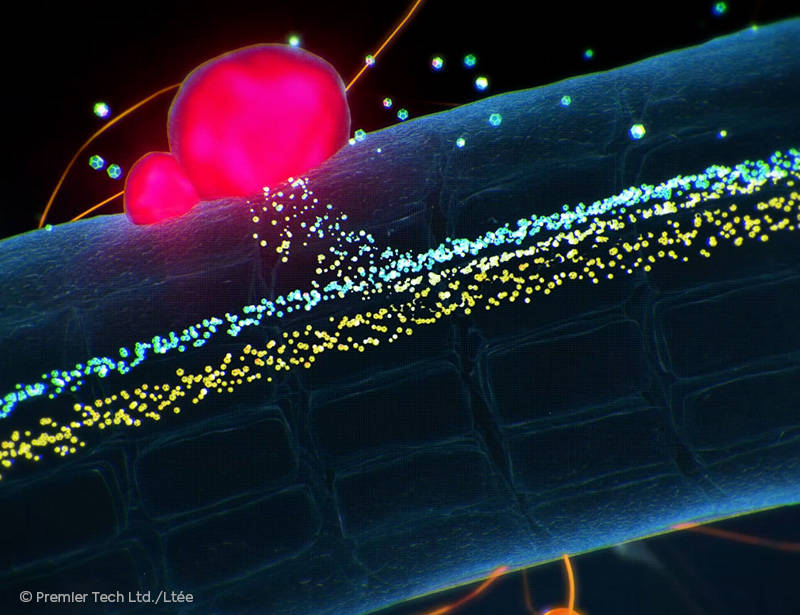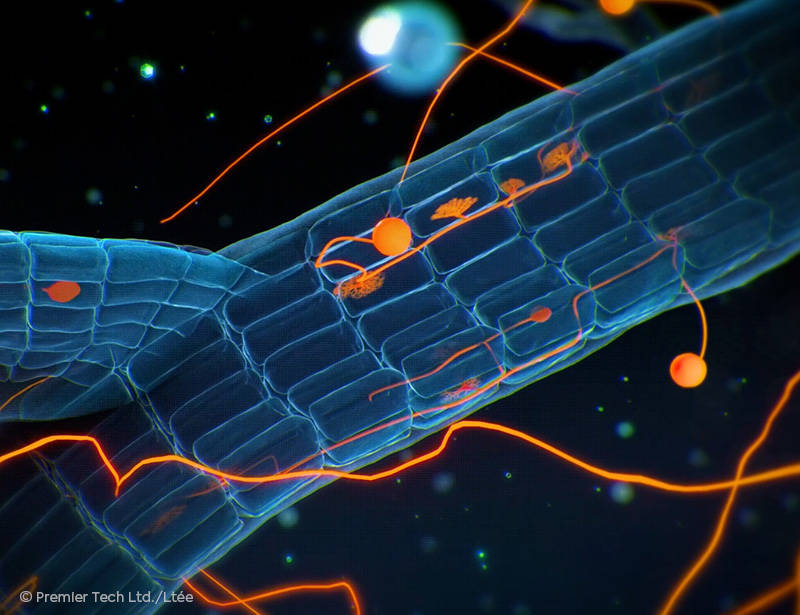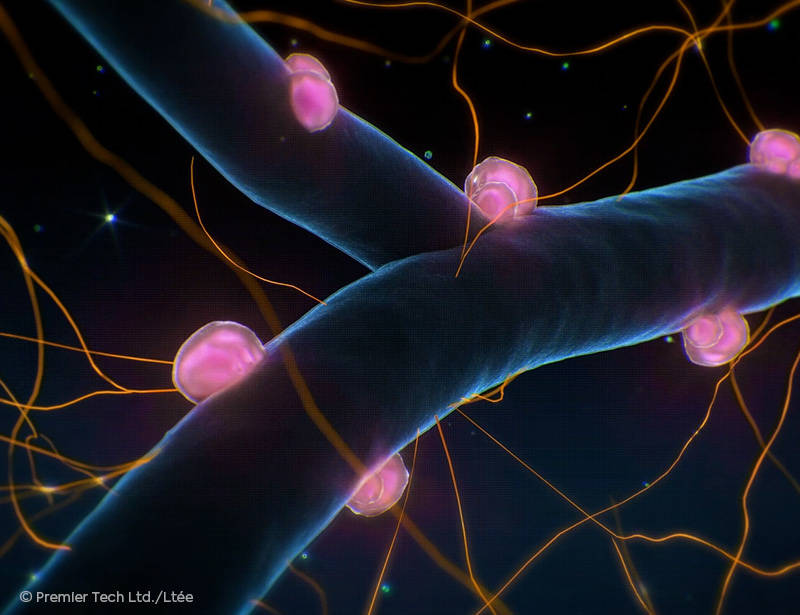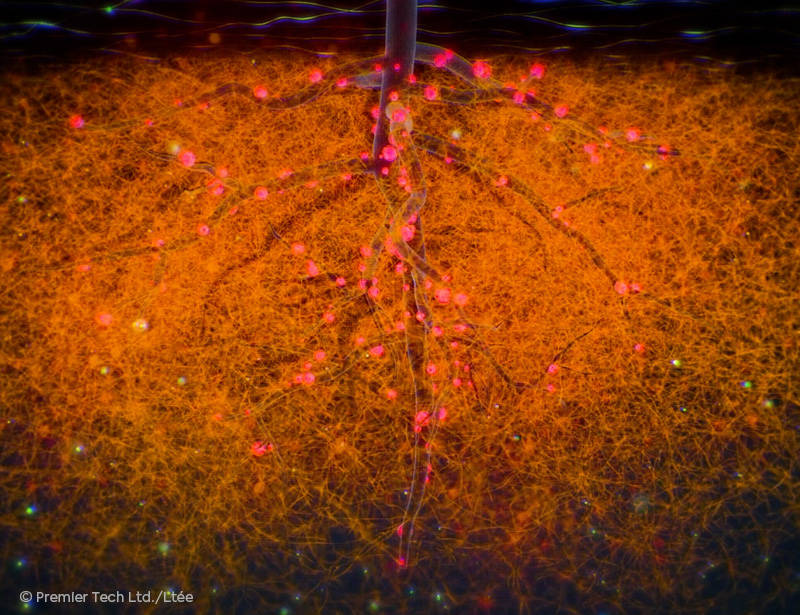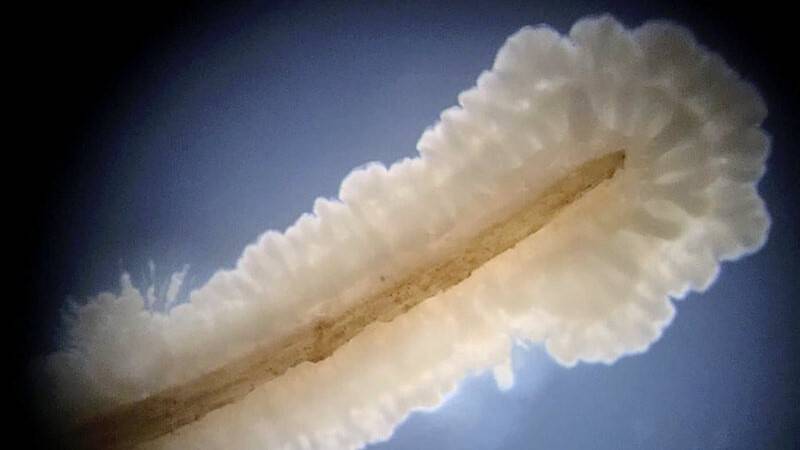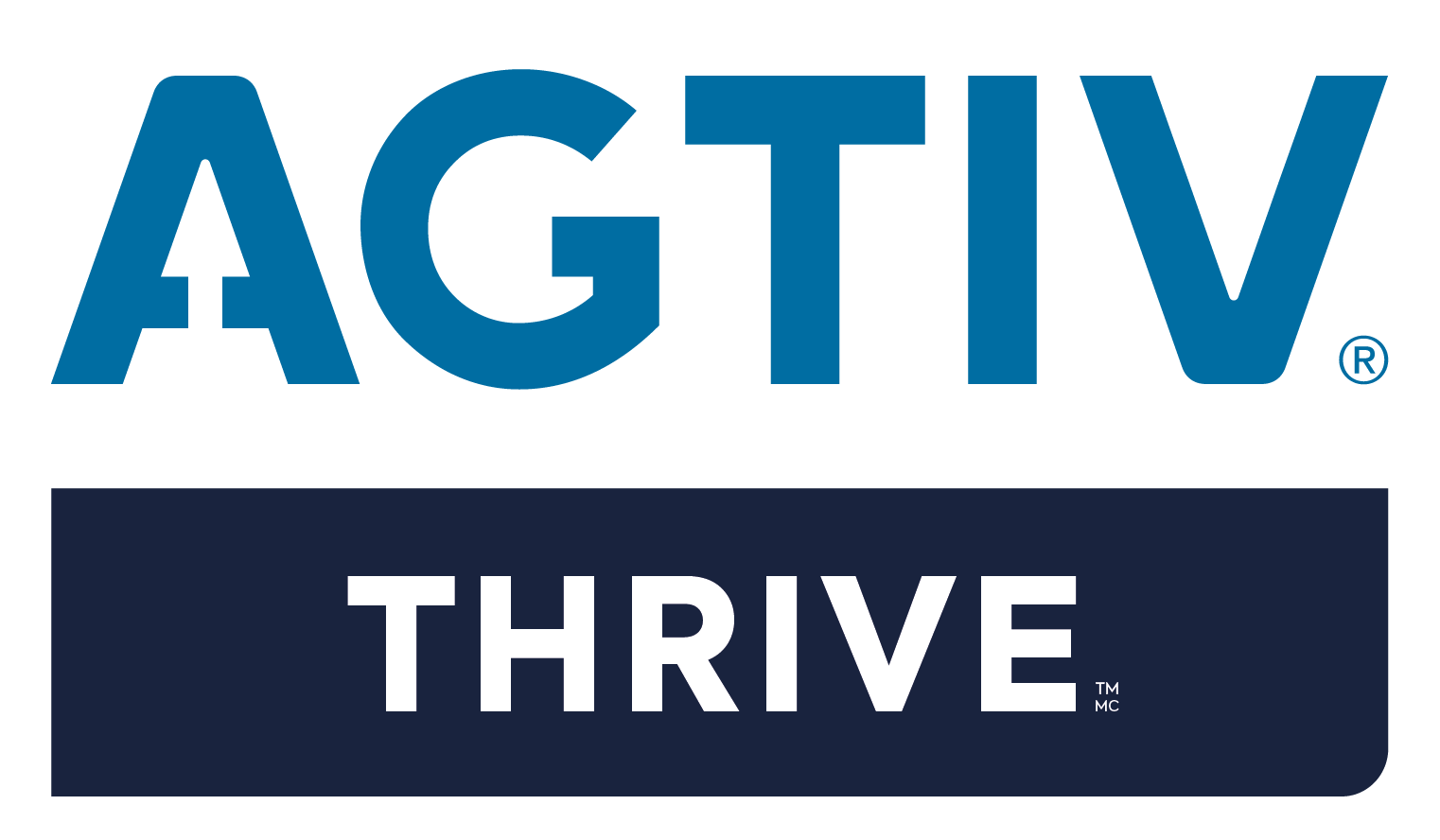
AGTIV THRIVE® powers plants by boosting nitrogen fixation, nutrient and water absorption thanks to mycorrhizae & rhizobium.
 Mycorrhizae
Mycorrhizae
 Rhizobium
Rhizobium
- Enhances P uptake
- Provides more energy for better nitrogen fixation
- Increases photosynthesis
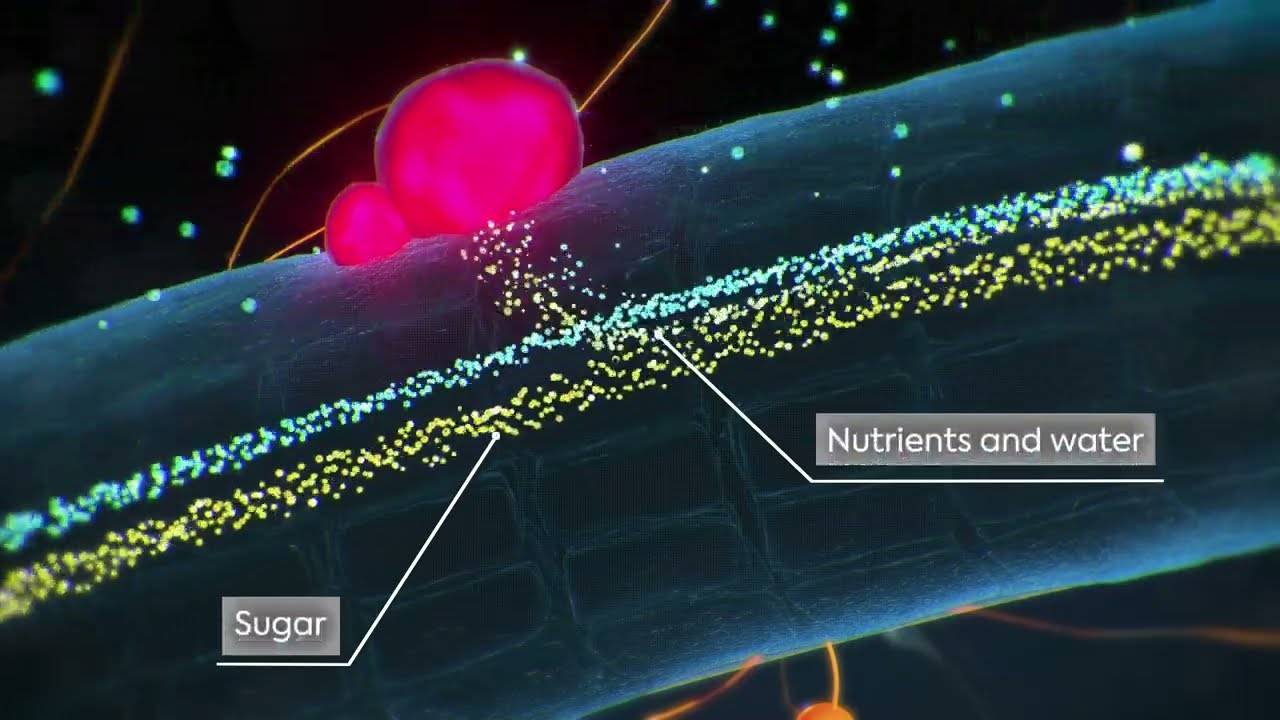
How Mycorrhizae and Rhizobium Work
Root Penetration
The filaments of mycorrhizal fungi, called hyphae, penetrate the roots, creating an internal network of vesicles and arbuscules for nutrient exchange.
Expansion of Absorption Area
Mycorrhizae increase the area of nutrient and water absorption up to 100 times thanks to their vast network of external hyphae.
This vast network acts as a second root system, providing access to more phosphorus, an essential nutrient for energy and plant growth.
Nodule Formation
Meanwhile, the root hairs capture the beneficial rhizobium bacteria, leading to the formation of nodules which act as factories for the production and transfer of nitrogen into a form that the plant can use for protein production.
Tripartite: Mutually Beneficial Relationship
In exchange for sugars supplied by the plant, the rhizobium fixes the atmospheric nitrogen required for legume growth, and the mycorrhizae supply more phosphorus to the rhizobium.
Key Benefits of Mycorrhizae and Rhizobium for Crops
Curious to see how AGTIV THRIVE® can make a difference in your crops? This technology, featuring a combination of mycorrhizae and rhizobium enhances water and nutrient assimilation for improved phosphorus absorption, increased nodulation and amplifies photosynthesis and productivity. Experience enhanced legume productivity, increased pod formation and fill, greater nodule development with heathlier plants, accelerated row closure, expanded root systems, and enhanced branching. For you, this means improved crop yield, quality, and profitability with ease.
Field Agriculture
Crops/Usages
- Pulses: Pea, Lentil, Faba beans
- Soybean
- Chickpea
Benefits
- Quicker plant establishment
- Bigger root system
- More nodules and larger leaves
- Increases plant vigor and yield
- Better pod fill
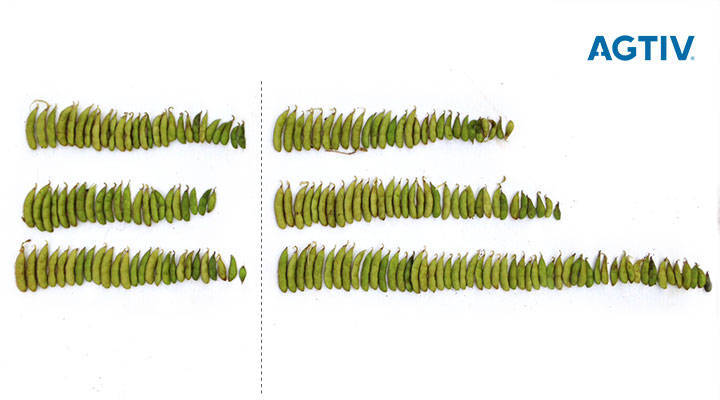
Gallery
